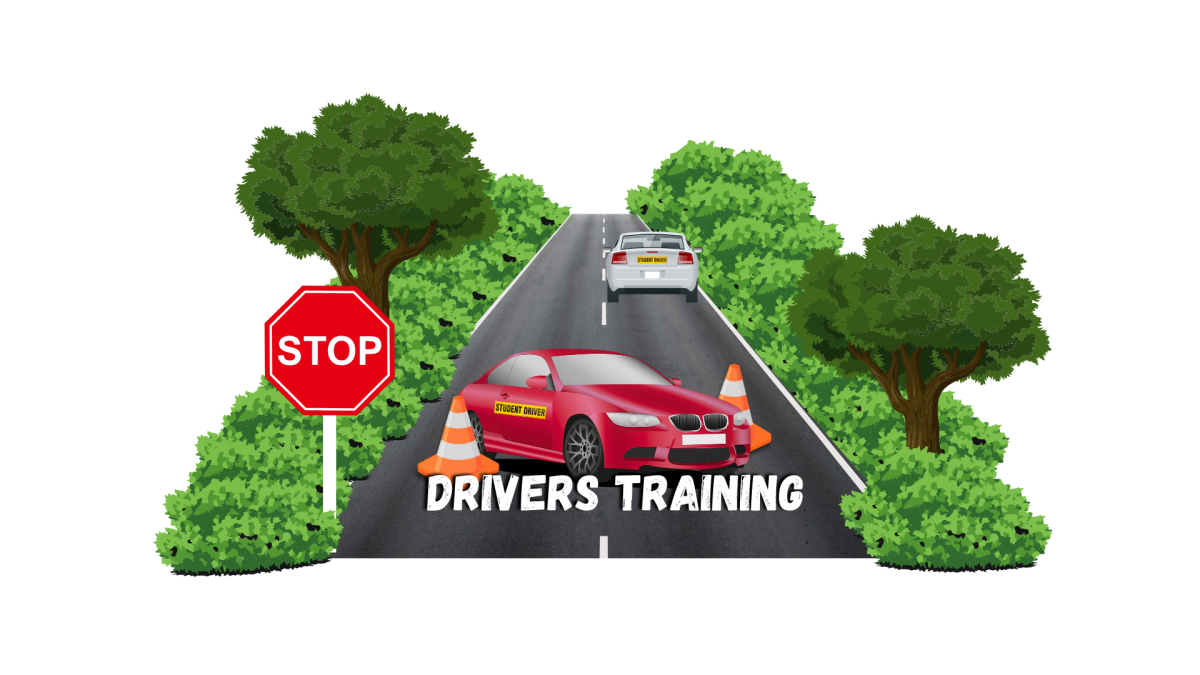 On March 17th, as students around Loy Norrix prepared to pack up and head to their last class of the day, a vague message over the PA was announced. Students were told that a lockdown was taking place, but this was the extent of information disseminated to students and, more importantly, teachers.
On March 17th, as students around Loy Norrix prepared to pack up and head to their last class of the day, a vague message over the PA was announced. Students were told that a lockdown was taking place, but this was the extent of information disseminated to students and, more importantly, teachers.
Teachers report that they were not sent an email or any notification from administration regarding the weapon in the building, or even that there was real danger. This lockdown was treated exactly as the previous one was, which was a biohazard that only required students to stay in their classes.
However, in this situation, the lockdown occurred because a student had fired a gun in one of the bathrooms, which was being passed from student to student in an attempt to hide it. Many teachers did not know to take the danger of the weapon seriously, which showed through students talking and, in one instance, playing a game of Operation.
Some would be inclined to believe that these teachers were endangering the lives of their students, but we should not jump to blaming them. Although this negligence could have betrayed the safety of students, it is quite possible that this negligence was actually the result of a diluted sense of emergency.
Meanwhile, other teachers had students hiding under tables with the lights off, instilling fear into their students for the sake of safety. If the situation were more severe, such as an active shooter roaming the halls, this would have been more appropriate. In reality though, this was unnecessary.
Years of drills and less serious incidents, all under the umbrella of a lockdown, have made some teachers see a dangerous situation of this caliber as “just another drill.” Because our lockdown procedures are painted with such a broad brush, teachers are inclined to skip many of the things they are supposed to do. This is something that could be easily remedied.
One possible solution is a code system. For example, if there was something that only required students to stay in their classes, such as a biohazard, the PA systems would announce a “Code Yellow.” The teachers would be trained to respond accordingly without worry that they are doing more or less than they should to protect the students.
In the situation of a weapon in the school, or “Code Red,” teachers would know to protect their students from this very real danger by turning off the lights and staying out of sight. This sort of explicit and concise instruction would not have any financial cost and would not take long to train people on. There could even be a list of codes posted in all classrooms so that guest teachers could refer to them.
Our current system could be considered similar to this, but it has very distinct differences. Before an official lockdown was called, “Quiet Halls” were instituted. “Quiet Halls” means that all students are to stay in their classes, and no passes can be written. This is what the “Code Yellow” previously mentioned is. It needs a different name because “Quiet Halls” are also put in place during testing.
When a student really needs to use the bathroom and the only thing at stake is the sound of their shoes in the hallways disrupting a test, a teacher is much more likely to allow them to go. However, when there is a loaded gun in the school which has been fired, the situation completely changes. This vast difference in situations needs to be labelled accordingly so that teachers know the real danger of sending a student into the hallway.
Categories:
Administration Can Easily Fix Communication Breakdown During Lockdowns
April 2, 2015
More to Discover







